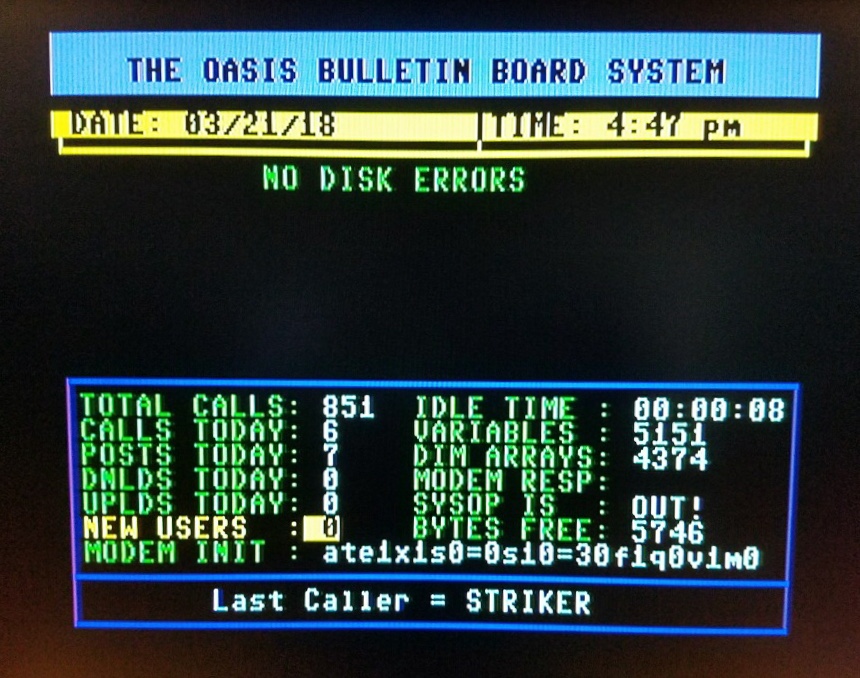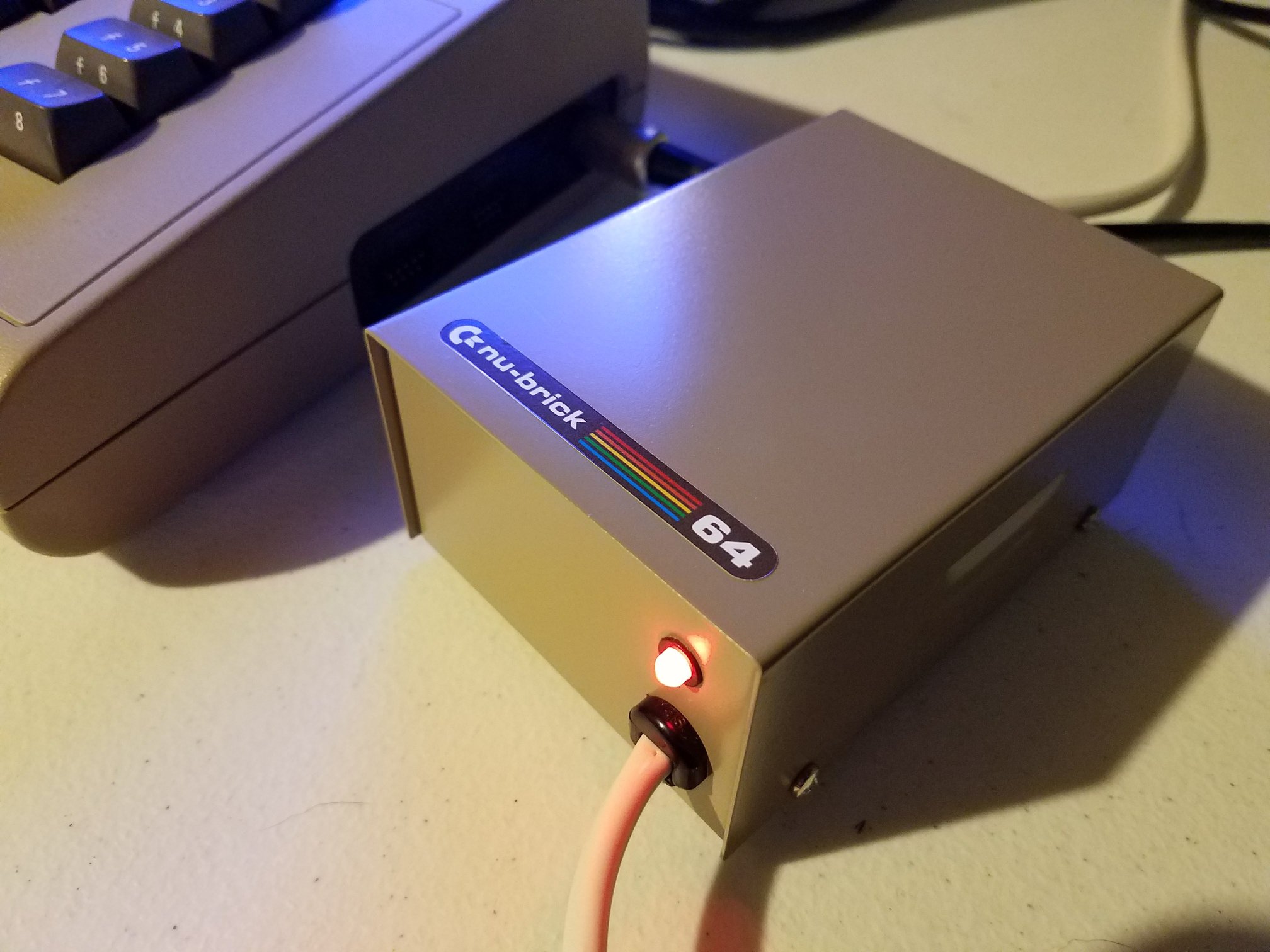Anybit Fever Dreams recently shared an informative walkthrough detailing how users can effortlessly open and modify their Foenix F256K computer from Phoenix Retro Systems. Opening the case requires minimal tools and can be accomplished with a simple toolkit, such as the one available from iFixit, although any comparable set will suffice.
The essential bits required include a standard Phillips size one screwdriver, primarily for one screw located at the rear, and two Torx security bits—size eight and size ten. The size eight handles most screws found around the motherboard and the casing, while the size ten is reserved exclusively for two screws associated with the cartridge socket.
Before starting, users should always remove the SD memory card to prevent accidental damage. To begin, four screws located beneath the round gel pads at each corner on the case bottom need removing. Once these screws are out, users have immediate access to the motherboard’s upper section. Although the keyboard’s flexible cable is long and fairly durable, gently rocking it free is recommended for better maneuverability.
At this stage, several upgrades become available. Adding a CR2032 coin cell battery supports real-time clock functions, useful for programs that depend on accurate date and time settings. The computer’s flexibility is highlighted by its CPU socket compatibility. Users can select between the Western Design Center’s modern 65C02 CPU for classic 8-bit operations, or the 65C816 CPU, providing advanced 16-bit addressing modes while retaining backward compatibility. Additionally, the FPGA option containing the 6809 CPU presents another alternative, ideal for enthusiasts wanting broader functionality.
Further upgrades, such as replacing the mono audio socket with a stereo variant or installing a feather module for Wi-Fi connectivity, require accessing the motherboard’s underside. Achieving this involves removing additional screws around the FPGA and SD socket, along with two specific cartridge-port screws using the larger Torx size ten bit. Lastly, one Phillips head screw securing the printed back port panel must be taken out after removing port screws around the DB9 serial and DVI sockets.
With these straightforward steps, users can comfortably manage upgrades or repairs to enhance their Foenix F256K system.







